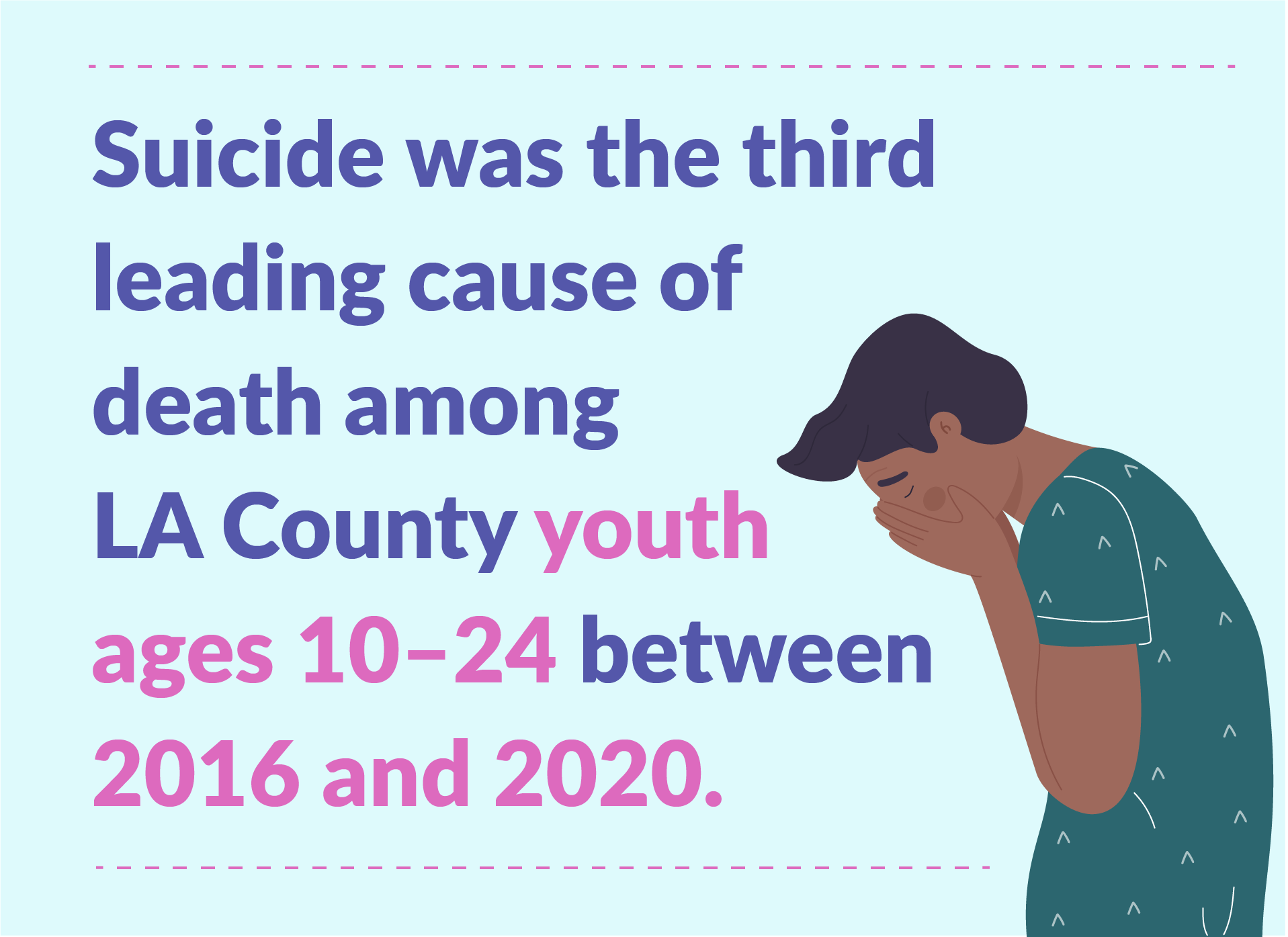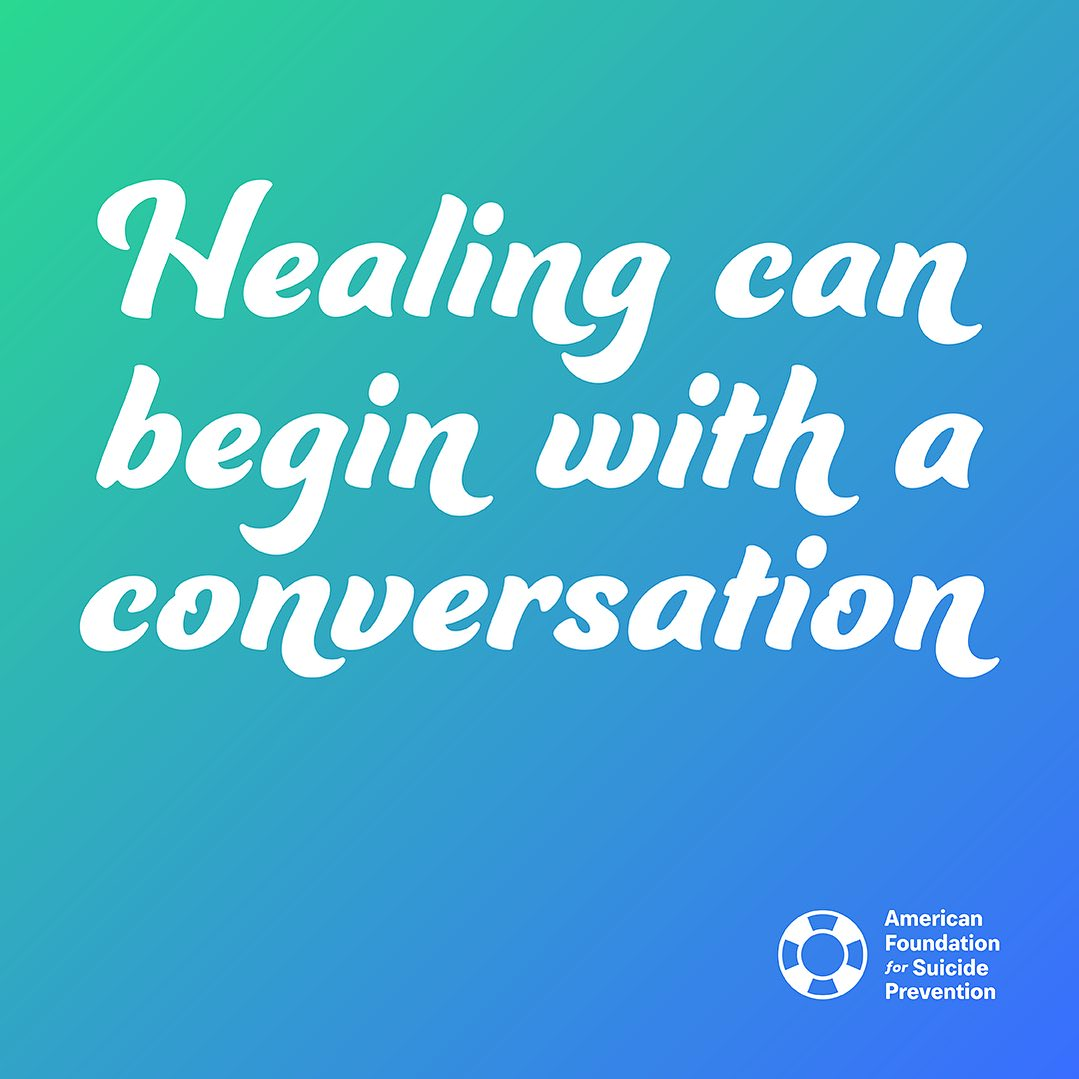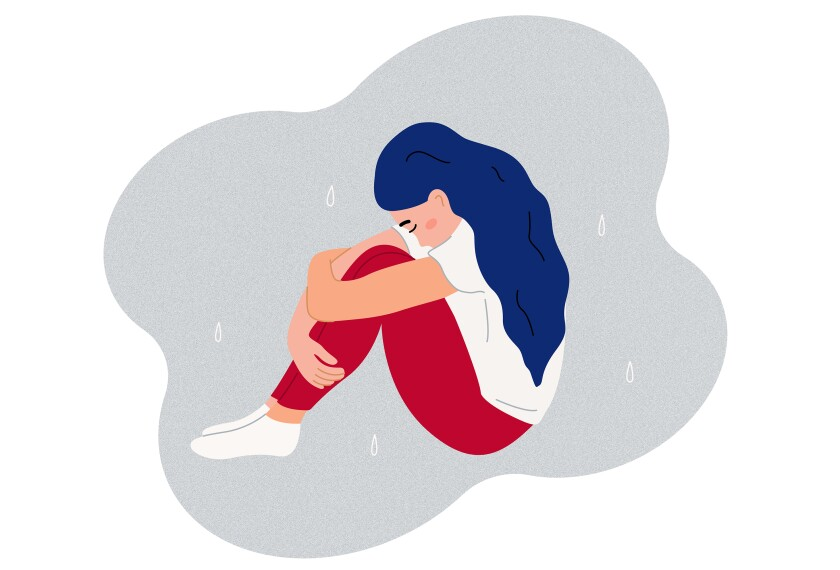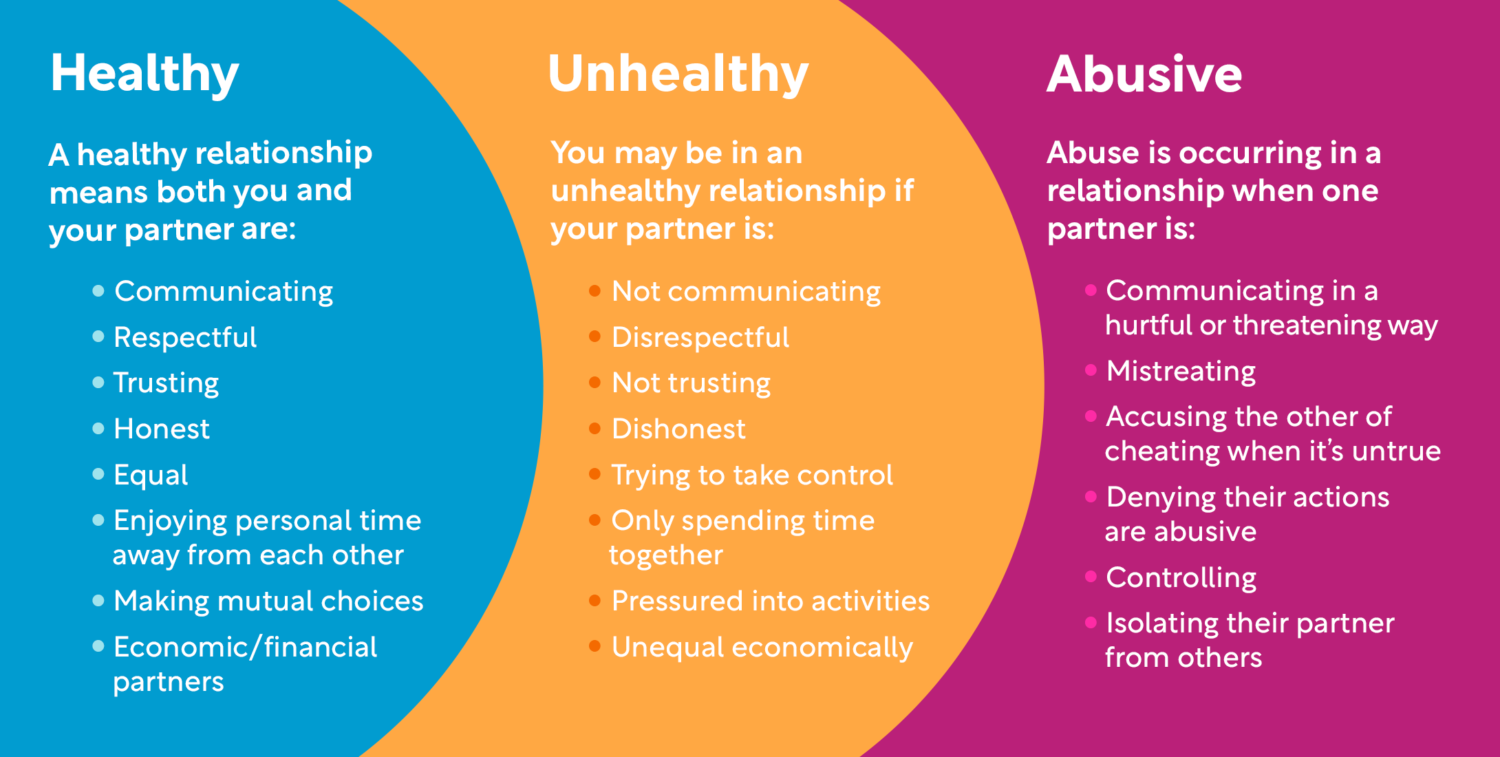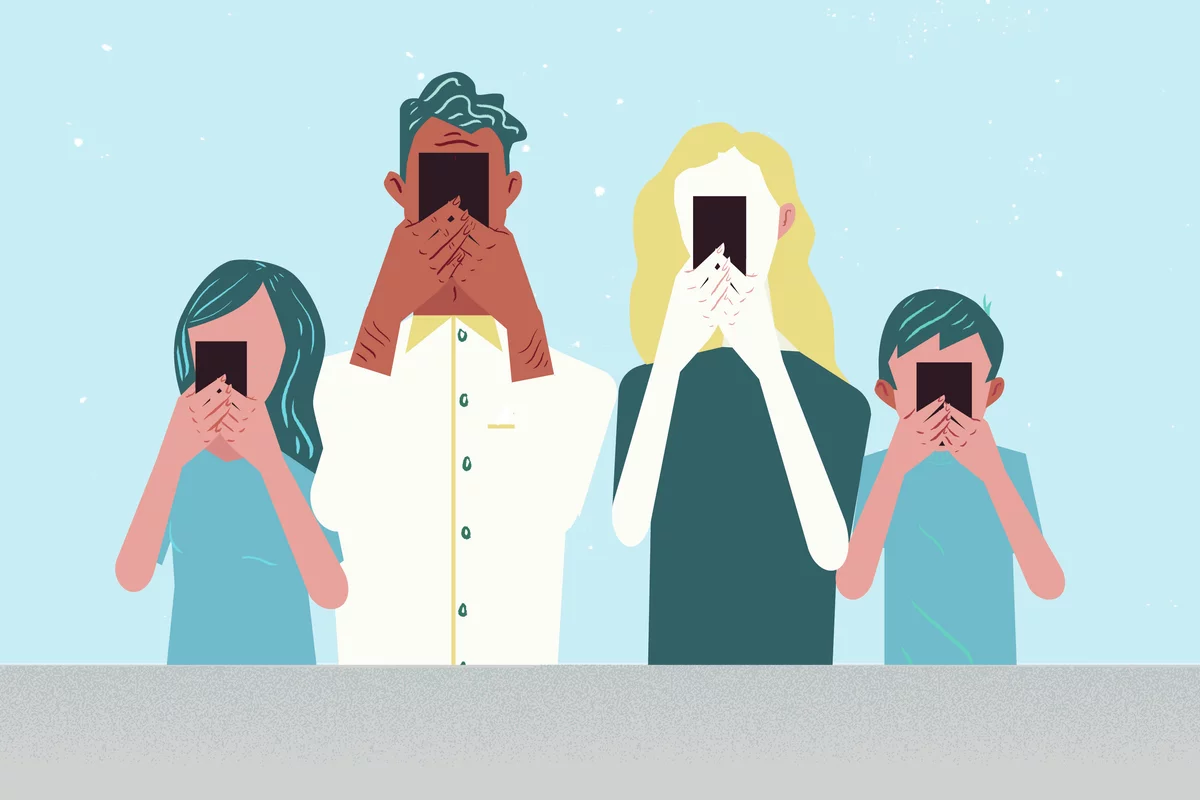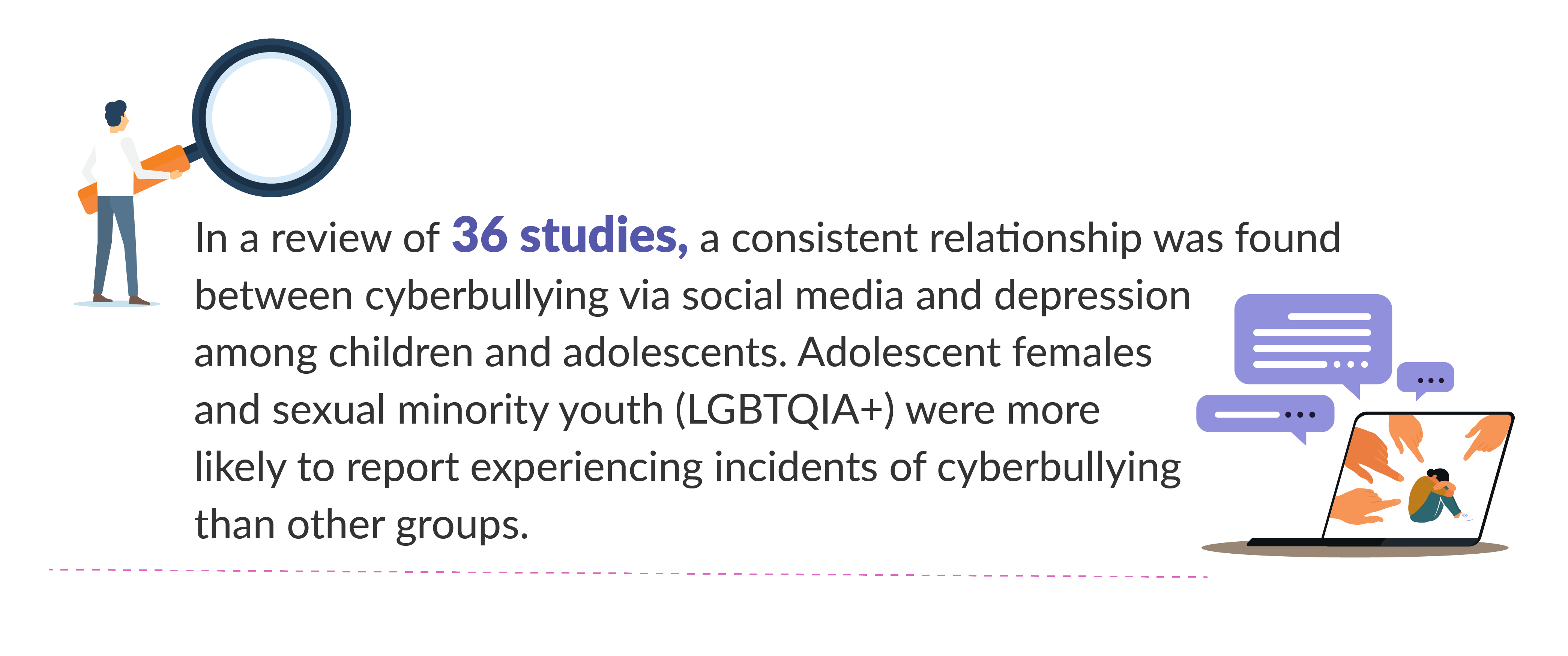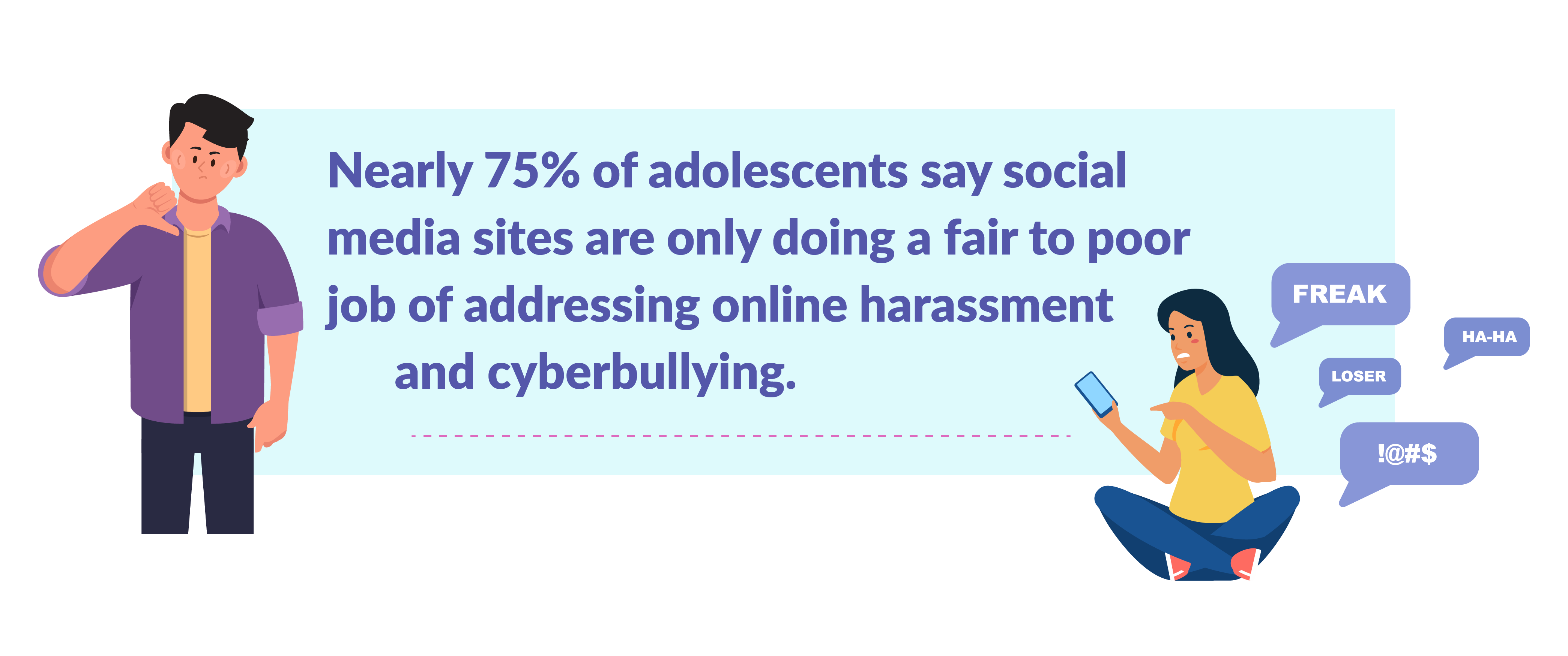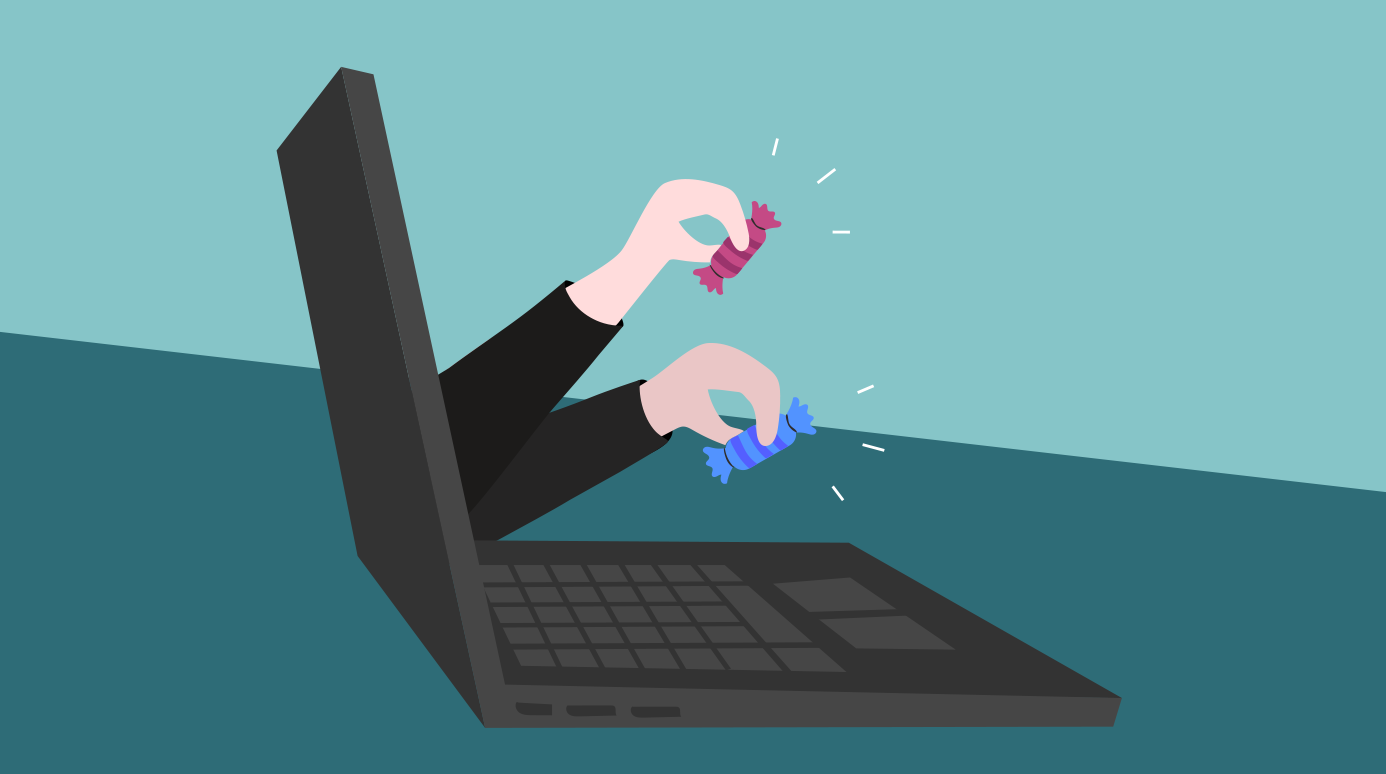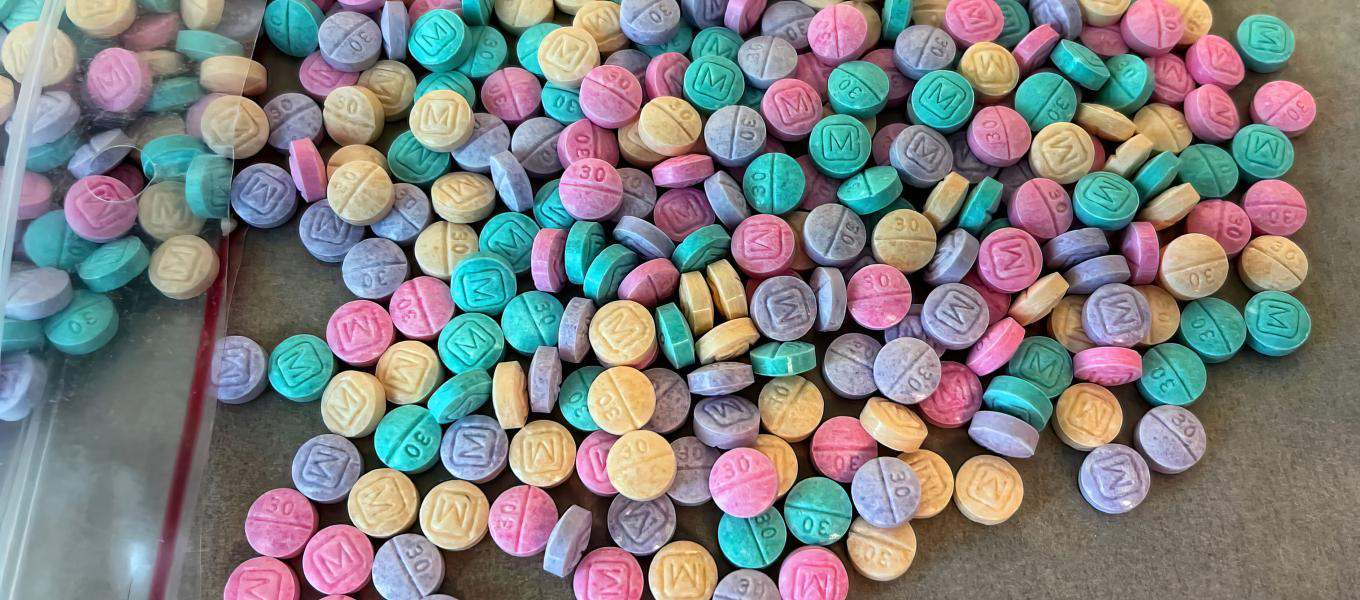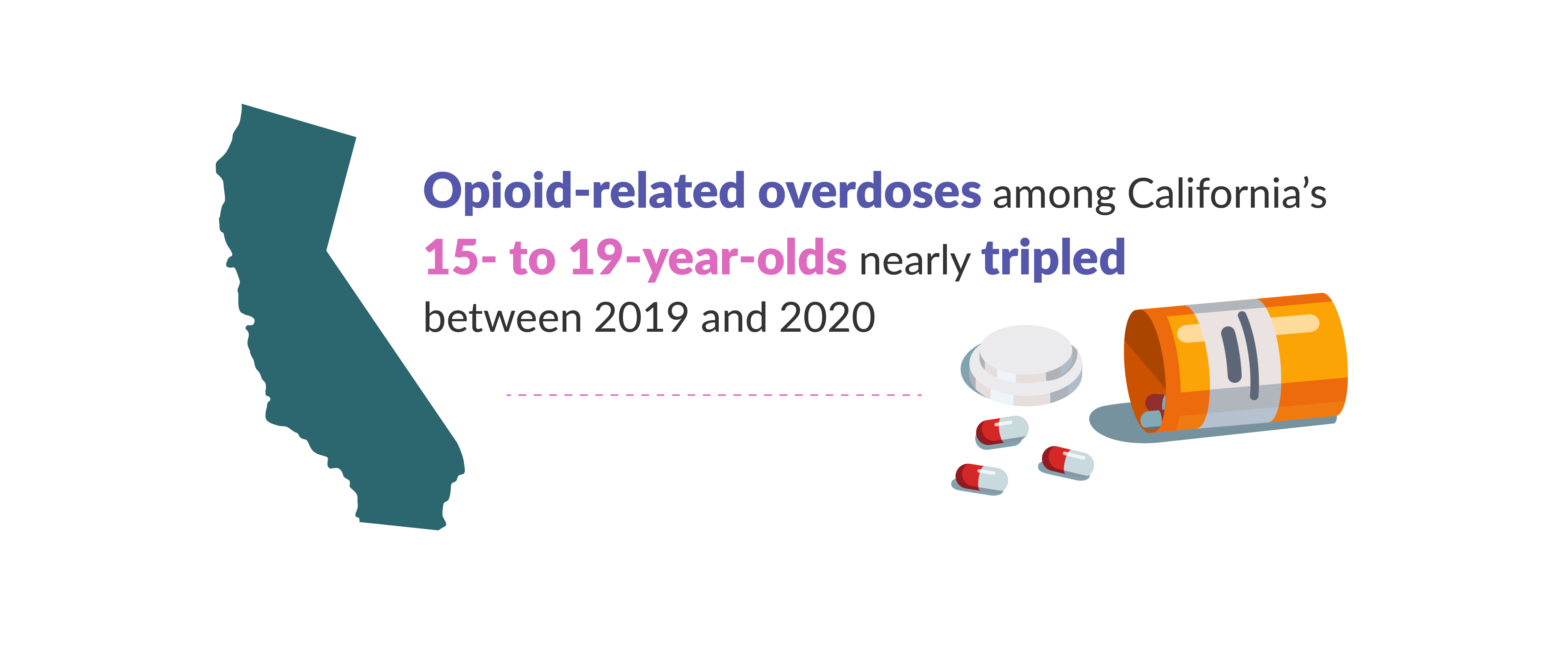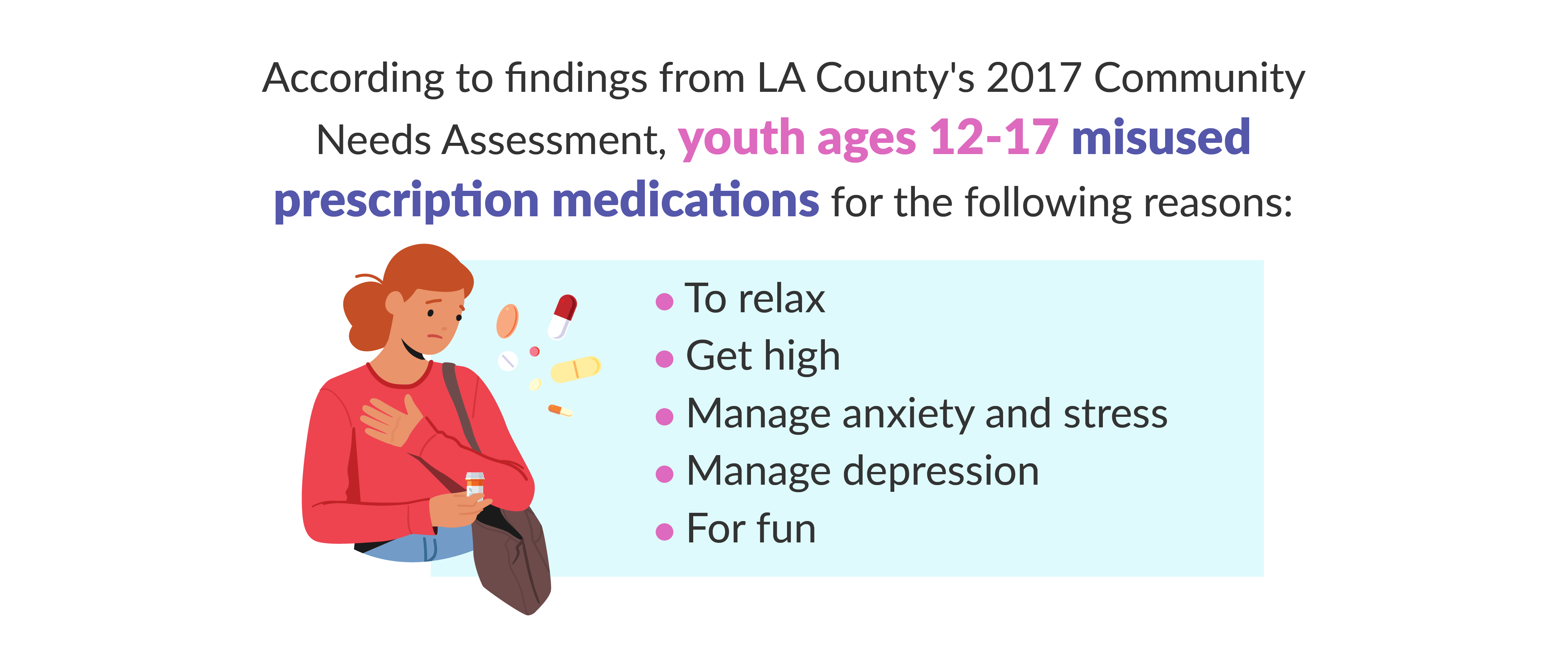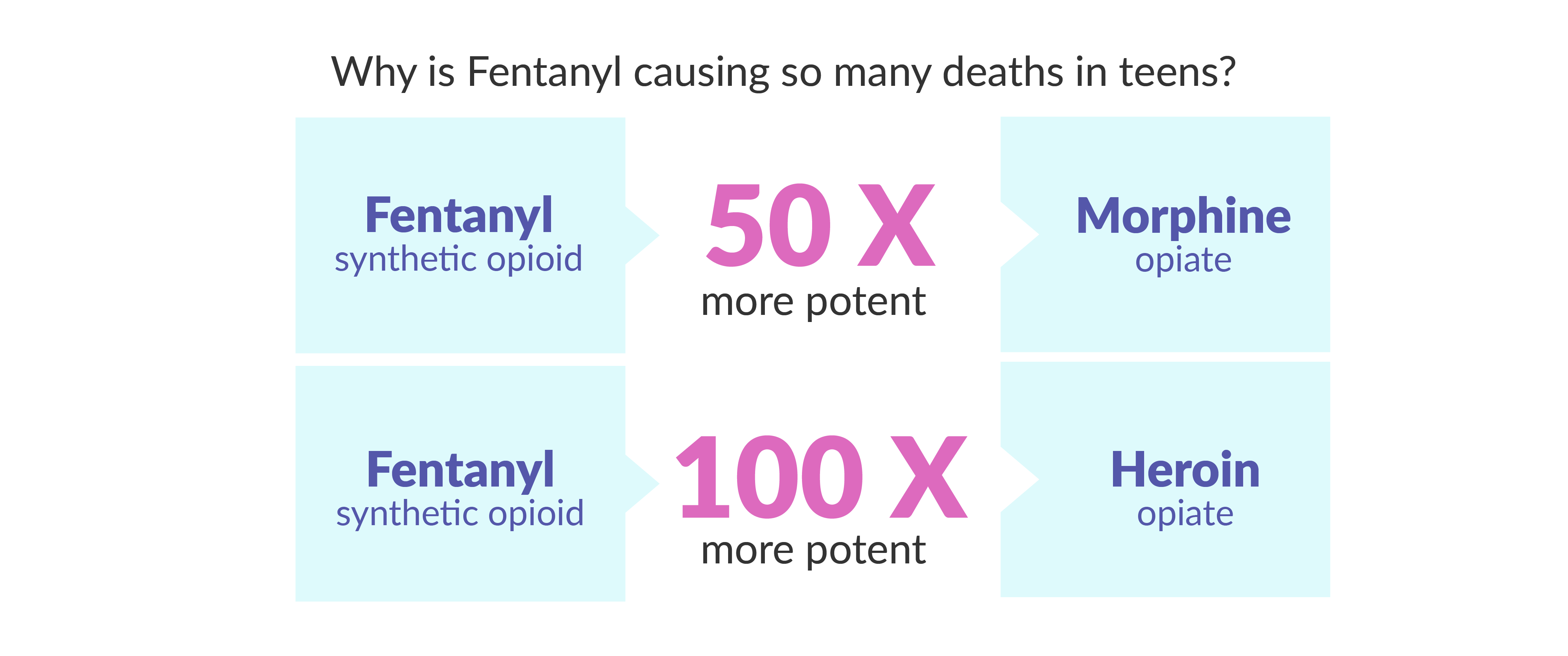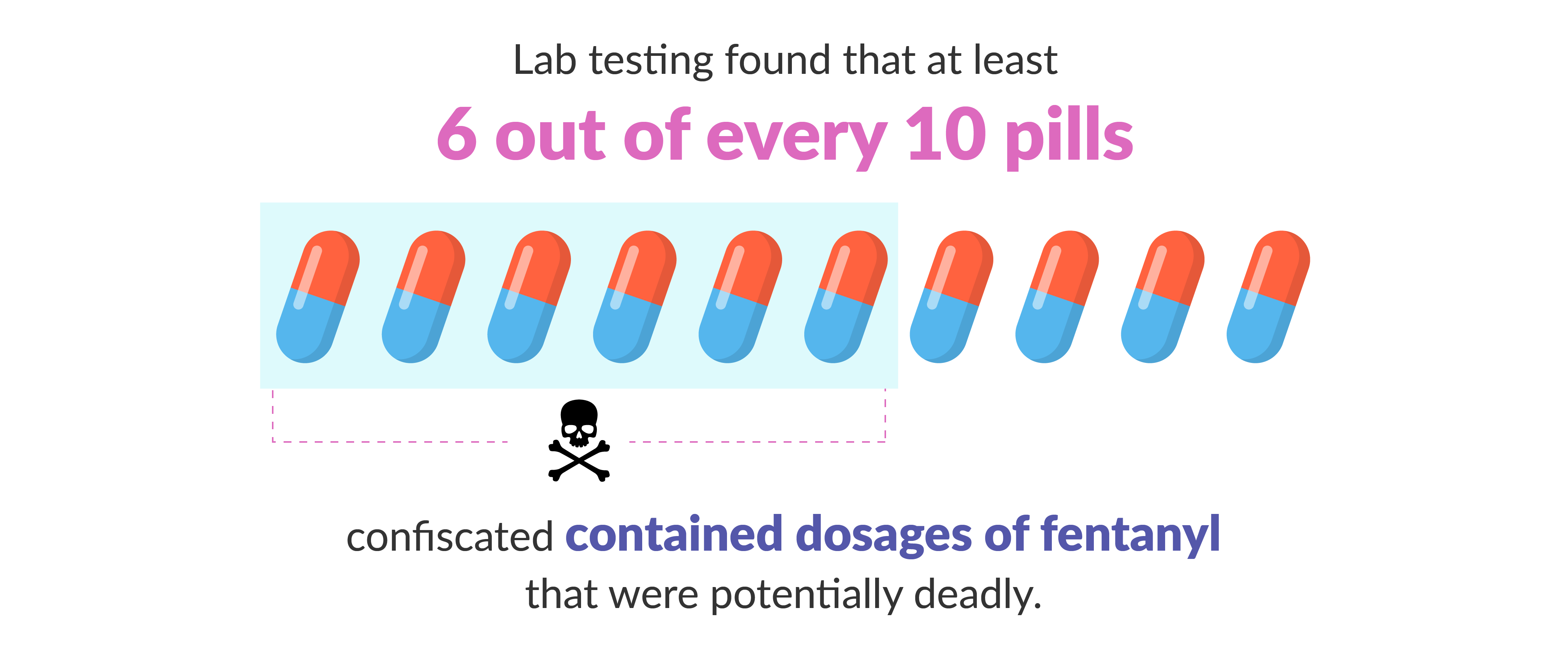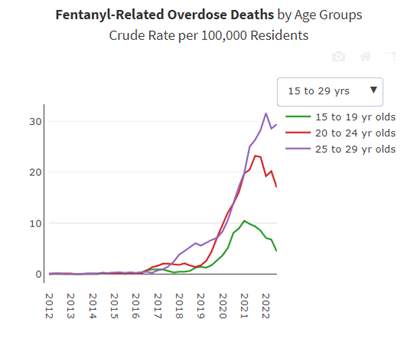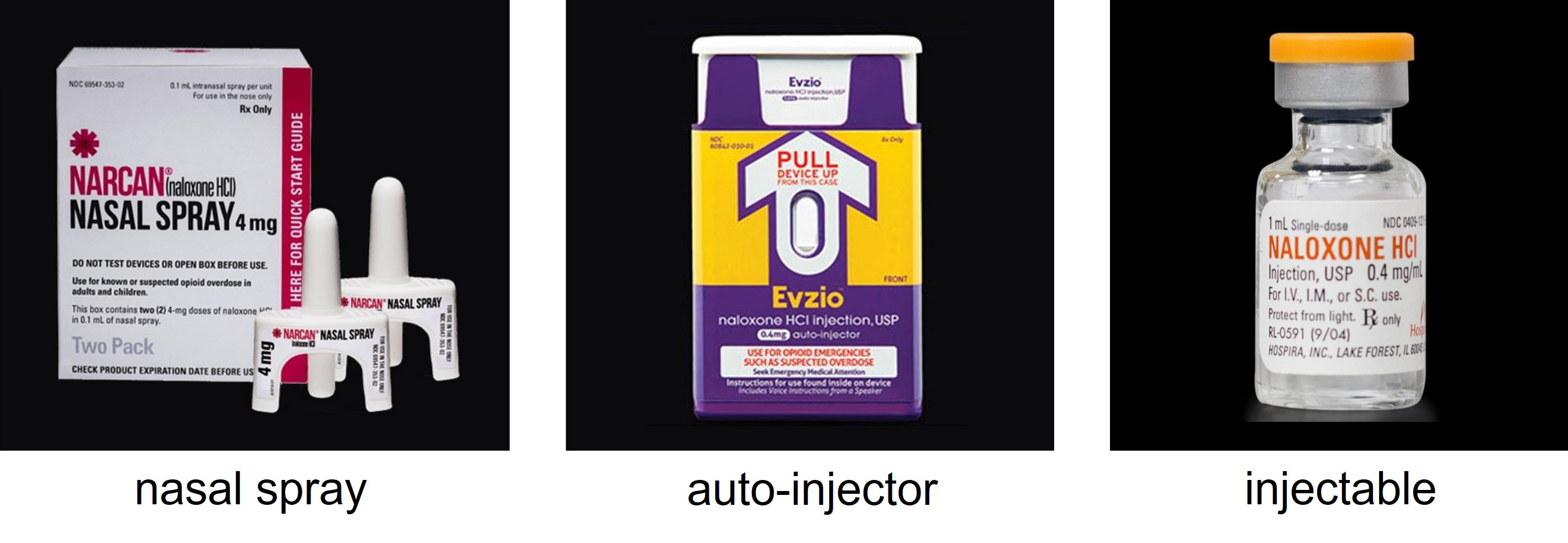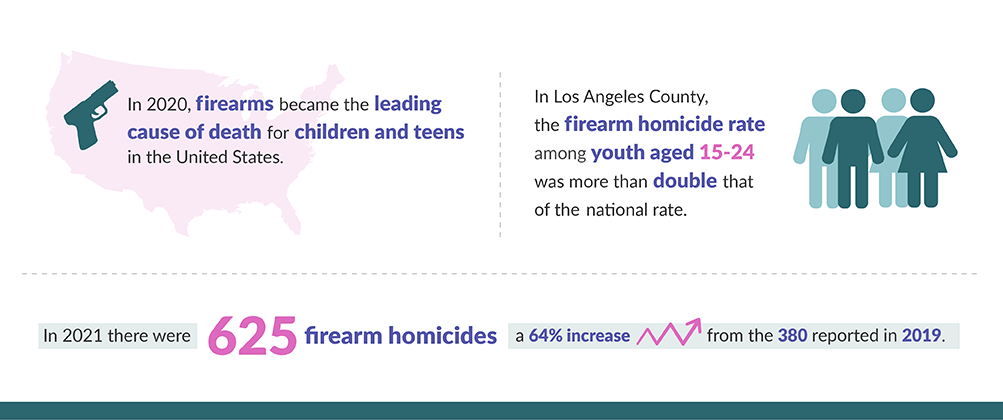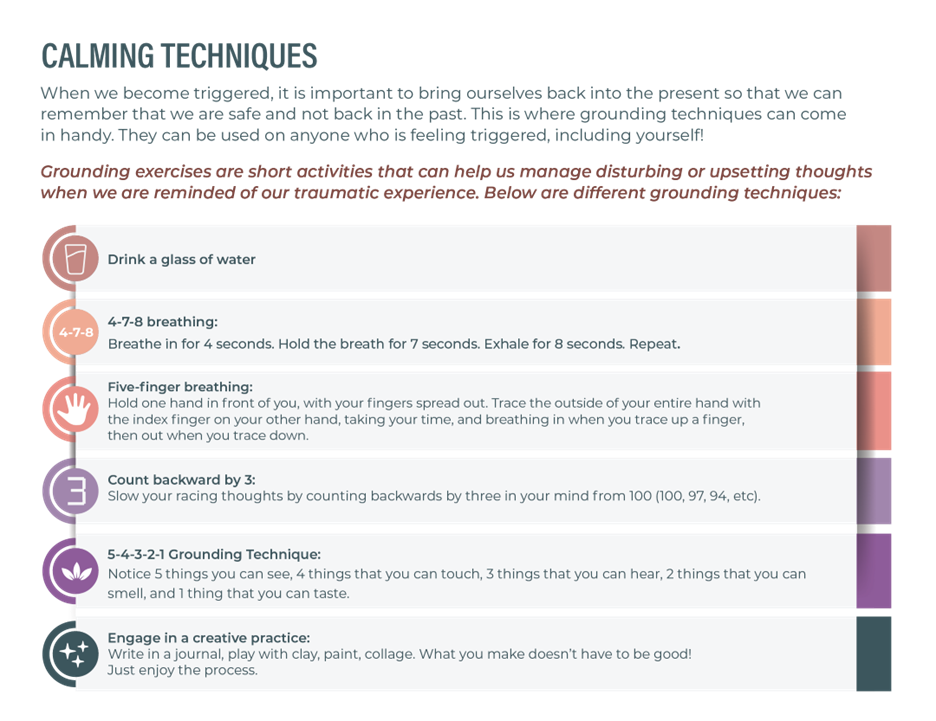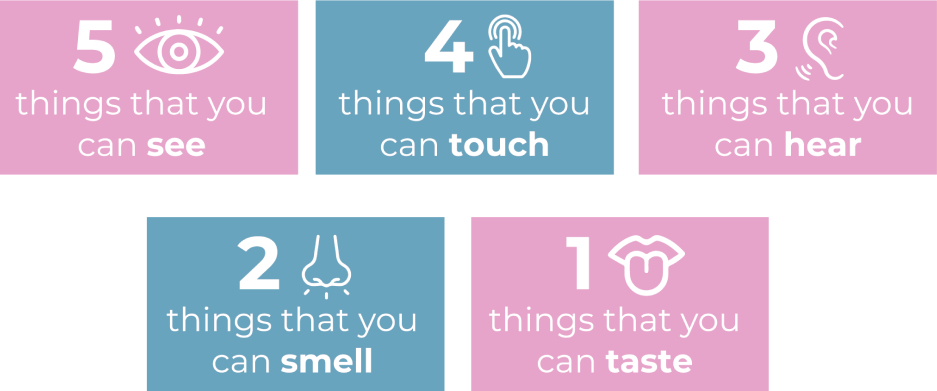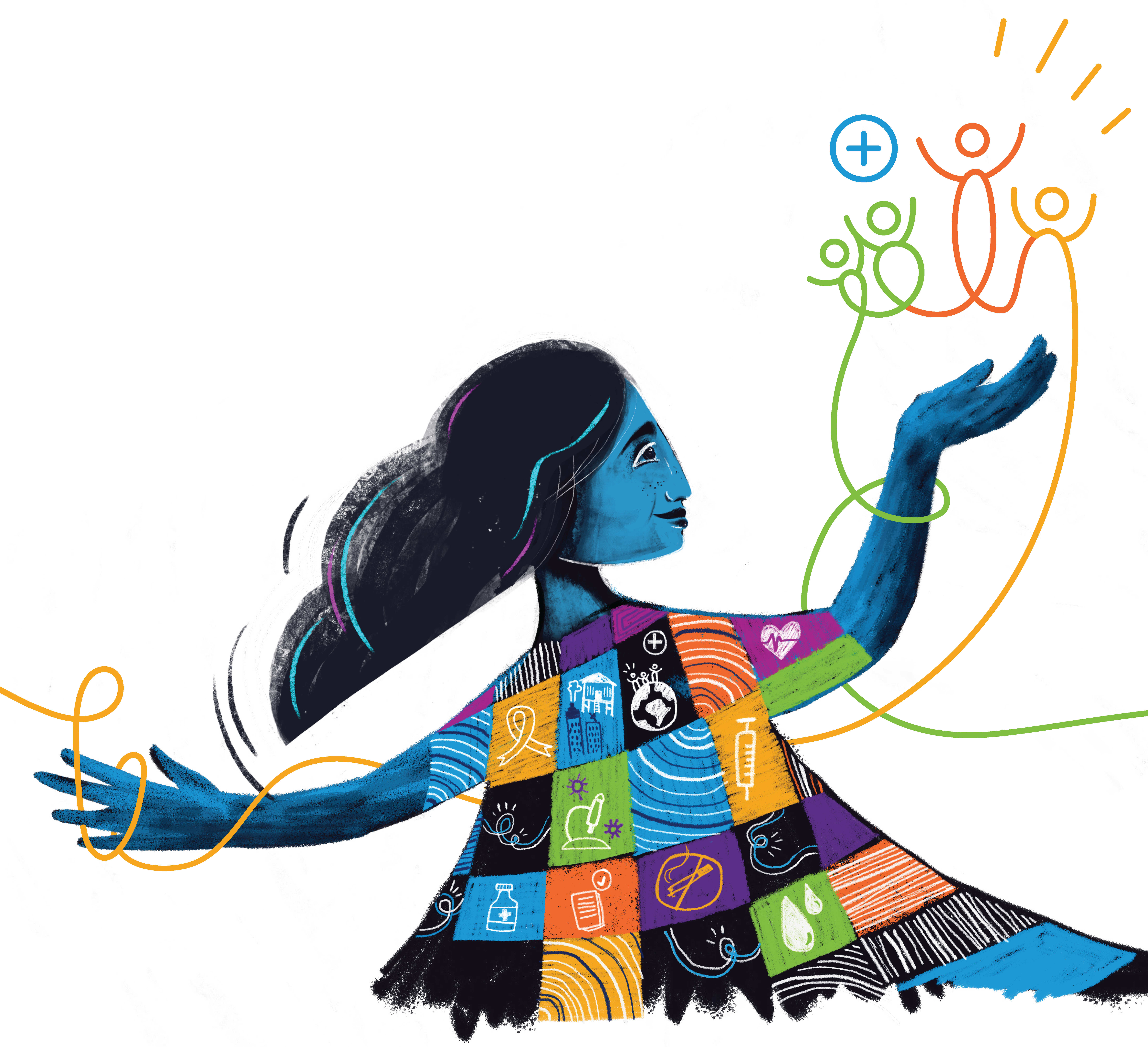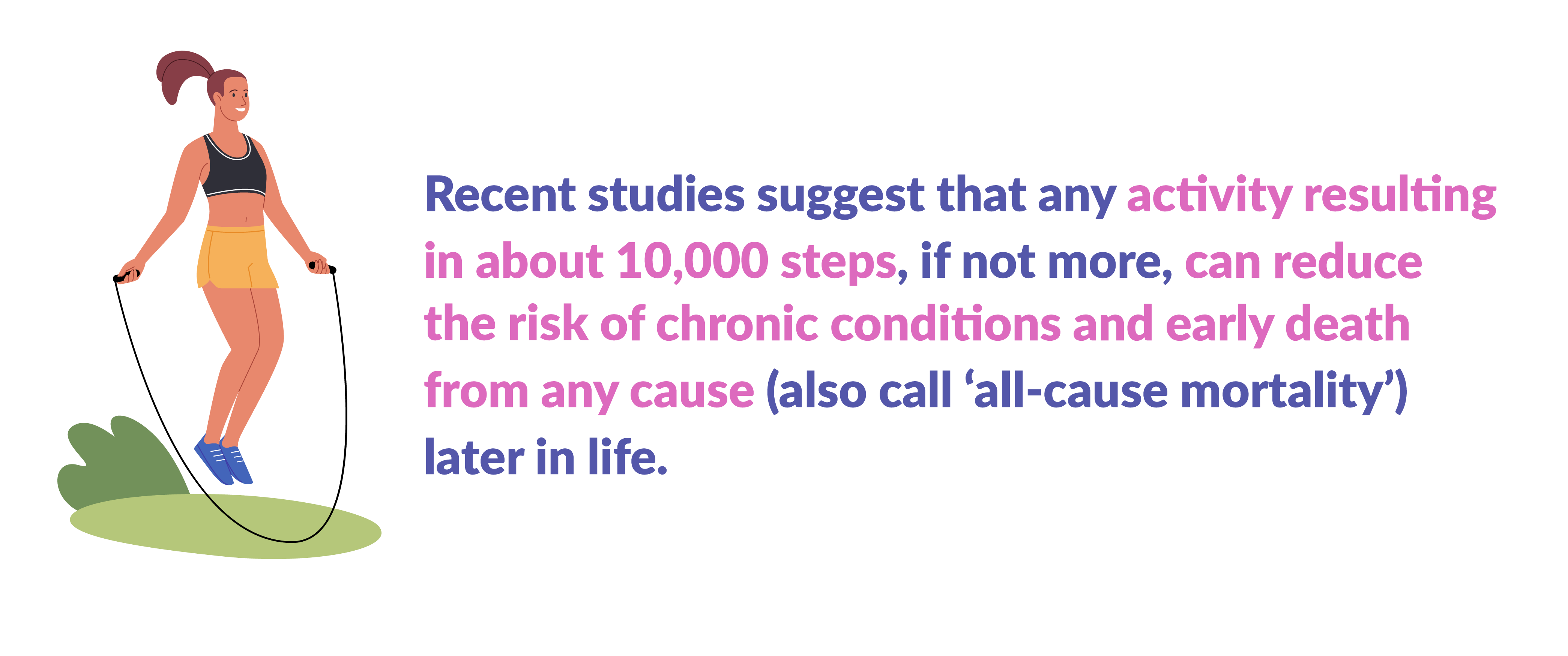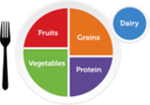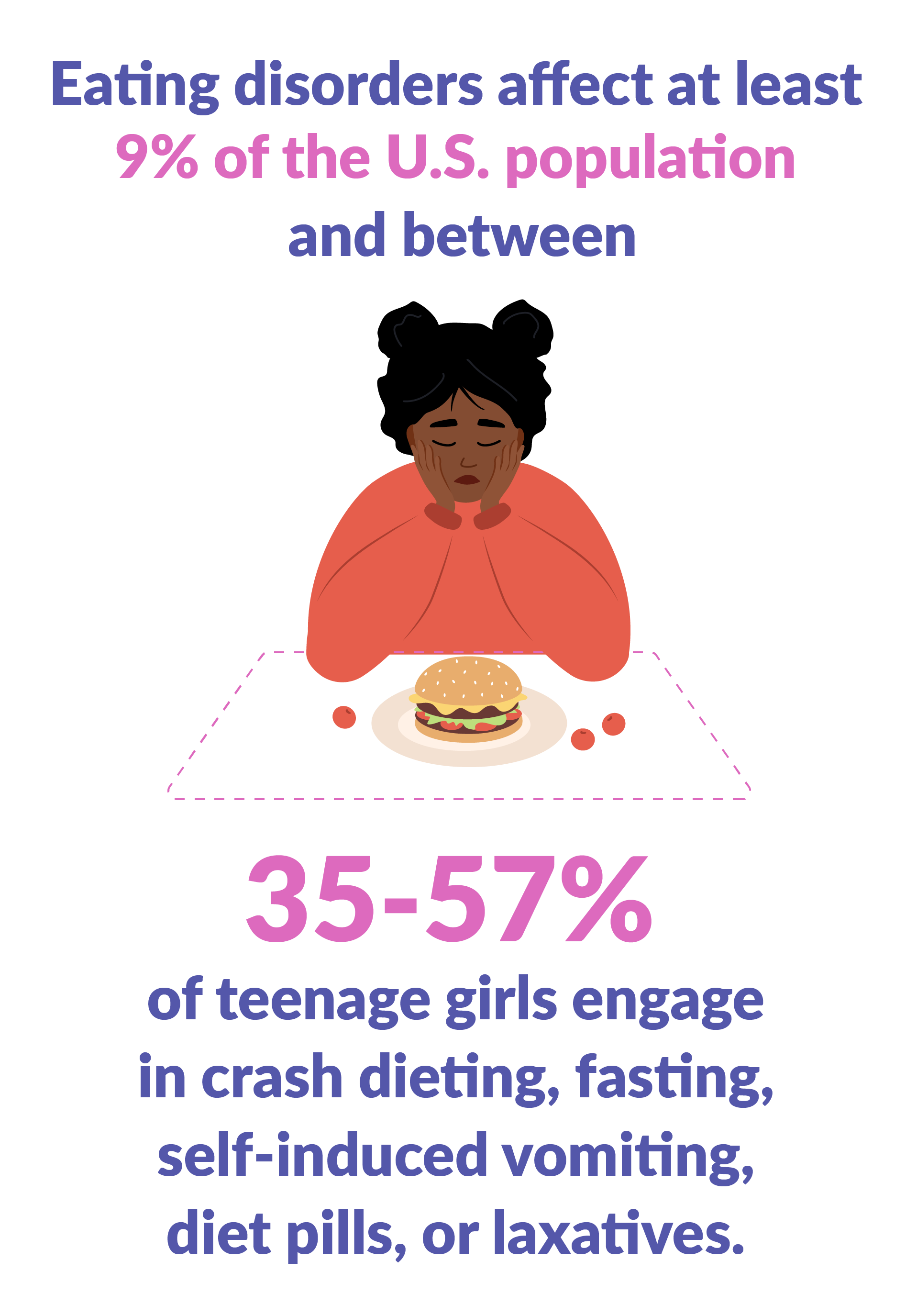If you are worried your teen will harm themselves or others now or in the immediate future, this is considered an emergency and you should take immediate actions. Please take all the necessary measures to keep yourself and everyone safe. You have two choices. You can drive them to the nearest emergency room or you can call 911. It’s important to know that in this difficult situation, each option has challenges. If you choose to drive your teen to the hospital, only do so if you think they will remain safe and under control in the car. By bringing your teen to the emergency room (ER), they will be “voluntarily” admitted which allows you to see them while they are there and you remain the ultimate decision maker in the length of your teen’s stay. However, the ER you go to may or may not be equipped to help youth in a mental health crisis and there may be long wait times.
When you call 911, police will come to your home and help you and your teen stabilize. You should not be surprised if they handcuff your teen. This is done for your teen’s safety and the safety of those around, but it can be difficult as a parent to watch this. The police will then call a Crisis Intervention Officer who will either meet your teen at your home or at the police station. Your teen will be taken with the Crisis Intervention Officer and admitted into the hospital. It can be helpful to have the police and Crisis Intervention Officer helping you to navigate this very difficult moment. However, you are giving up any power in the admission and discharge process when you involve the police. You may not be able to see your teen for the next 48-72 hours and you will have to rely on the psychiatrist at the hospital to decide when your teen will be discharged.
There is no “wrong” way to help your teen when they are in a mental health crisis. As parents and guardians, we want our teens healthy and well, and we have to be able to make the best decision we can in the moment. Whether you take your teen to the ER or call the police, you are doing what you need to in order to keep them safe.
Calling 911, or one of the local crisis lines listed below.
-
Inform the 911 operators that your teen is experiencing a mental health crisis: This will help them connect you with trained responders for youth mental health crises
-
Request a Crisis Intervention Trained Officer: These youth crisis teams are specialists and are trained to intervene in a situation like this
-
Provide your name and relationship to the teen
-
Provide your location/address
-
Provide as much detail about the situation as you can: Are they suicidal, aggressive, threatening someone, off their medication?
-
Stay on the phone until the dispatcher asks you to hang up
Crisis Lines & Resources
-
Los Angeles County Department of Mental Health Help Line: 800-854-7771
- This is the entry point for mental health services with Department of Mental Health
-
Access line (option 1) is available 24 hours a day/7 days a week (24/7), and includes the following services:
- Mental health screening and assessment
- Referral to service provider
- Crisis counseling
- Mobilizing field response teams
- Linkages to other services and resources
- Emotional Support Warm Line (option 2) is available 10:30am-9pm daily
- Veteran Line (option 3) is available 9am-8pm daily
-
988 Suicide & Crisis Lifeline
- This is the national network of local crisis centers that provides free and confidential emotional support to people in suicidal crisis or emotional distress
- 24/7 throughout the U.S., via phone (dial 988), text (text 988), or online chat
-
Crisis Text Line
- Connect with trained counselors or receive free crisis support via text message
- Text “LA” to 741741
-
California Coalition for Youth
- California statewide emergency response system for youth (ages 12 to 24) and families in crisis. Professionally trained staff and volunteers provide counseling and resource referrals to service providers in the caller’s local community.
- 24/7
- Call 1-800-843-5200
- Text 1-800-843-5200
- Email them
-
Disaster Distress Helpline
- The Substance Abuse and Mental Health Services Administration’s (SAMHSA) Disaster Distress Helpline provides crisis counseling and support to people experiencing emotional distress related to natural or human-caused disasters.
- Call 1-800-985-5990
-
Trevor Project Lifeline
- The Trevor Project Lifeline provides support to LGBTQ+ youth and allies in crisis or in need of a safe and judgement-free place to talk.
- Call 1-866-488-7386
-
211 LA County
- 211 LA County is the hub for all types of health, human and social services in Los Angeles County, providing callers with information and referrals to the services that best meet their needs.
- Dial 211
-
Family Urgent Response System (FURS)
- FURS is a free hotline for current or former foster youth up to age 21 and their caregivers to receive phone, text, chat and/or in-person support when needed for any issues, big or small.
- 24/7
- Call or text 1-833-939-3877
- Dial 211
- Visit CAL-FURS.org
What happens if my teen is hospitalized for a mental health crisis?
Once your teen is admitted to the hospital, consulting regularly with the hospital medical staff is recommended. Please expect to discuss treatment options, which may include a combination of individual therapy, group therapy, and/or medications. Depending on the medical needs of your teen, and your health insurance coverage, a residential or partial hospitalization program, called a PHP, may also be recommended. A residential program is a place where your teen would go and live for several weeks to get intensive therapy and support. A PHP allows for your teen to attend the program during the day and return home at night. Each treatment recommendation will be made according to your teen’s individualized needs.
As you can imagine, this is an incredibly difficult time for everyone in the family. As you will read this more than once in this toolkit— remember to take care of yourself and get help when you need it as you navigate this. Call your friends and family for your support, talk to your teen’s pediatrician, and try your best to care for your immediate needs as much as you can.



